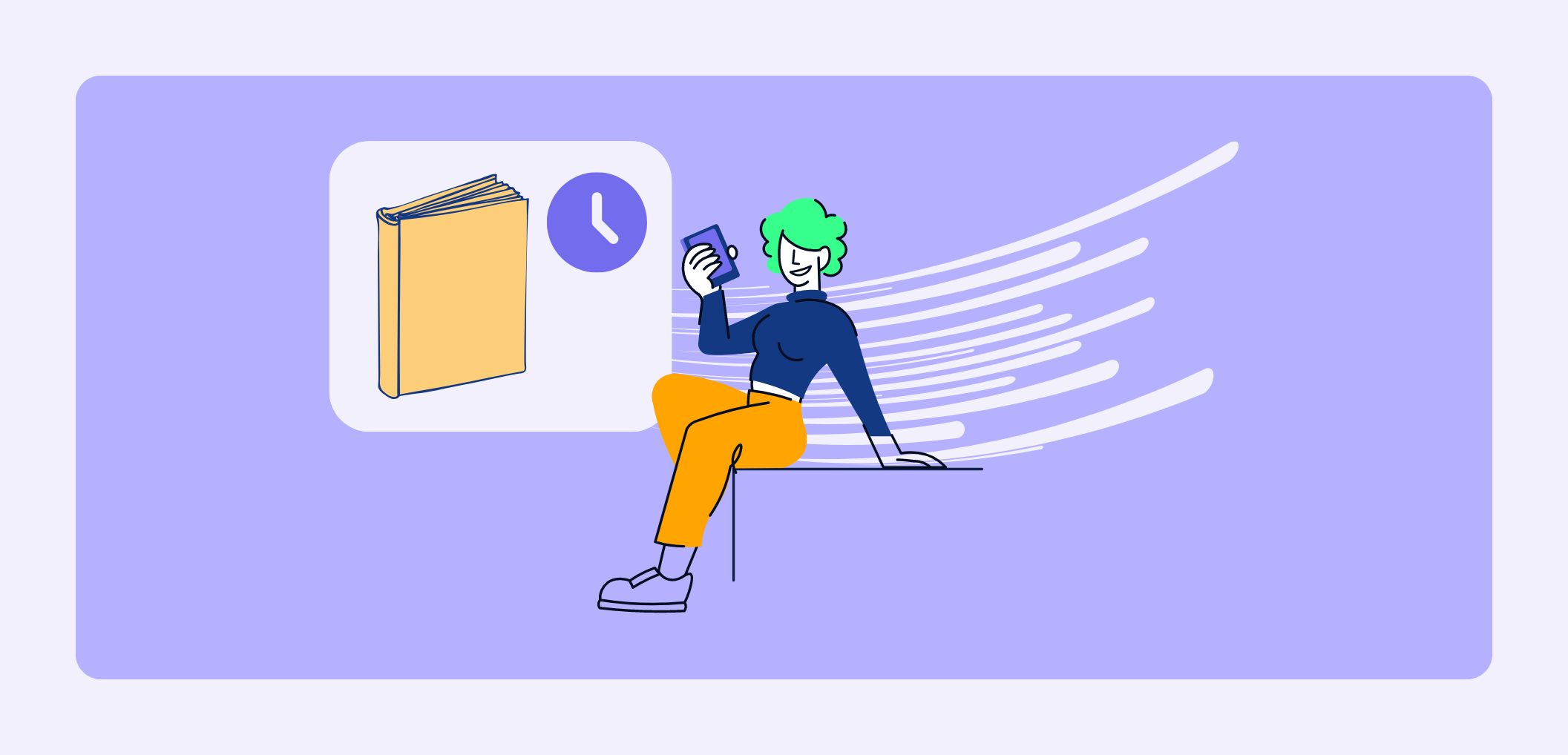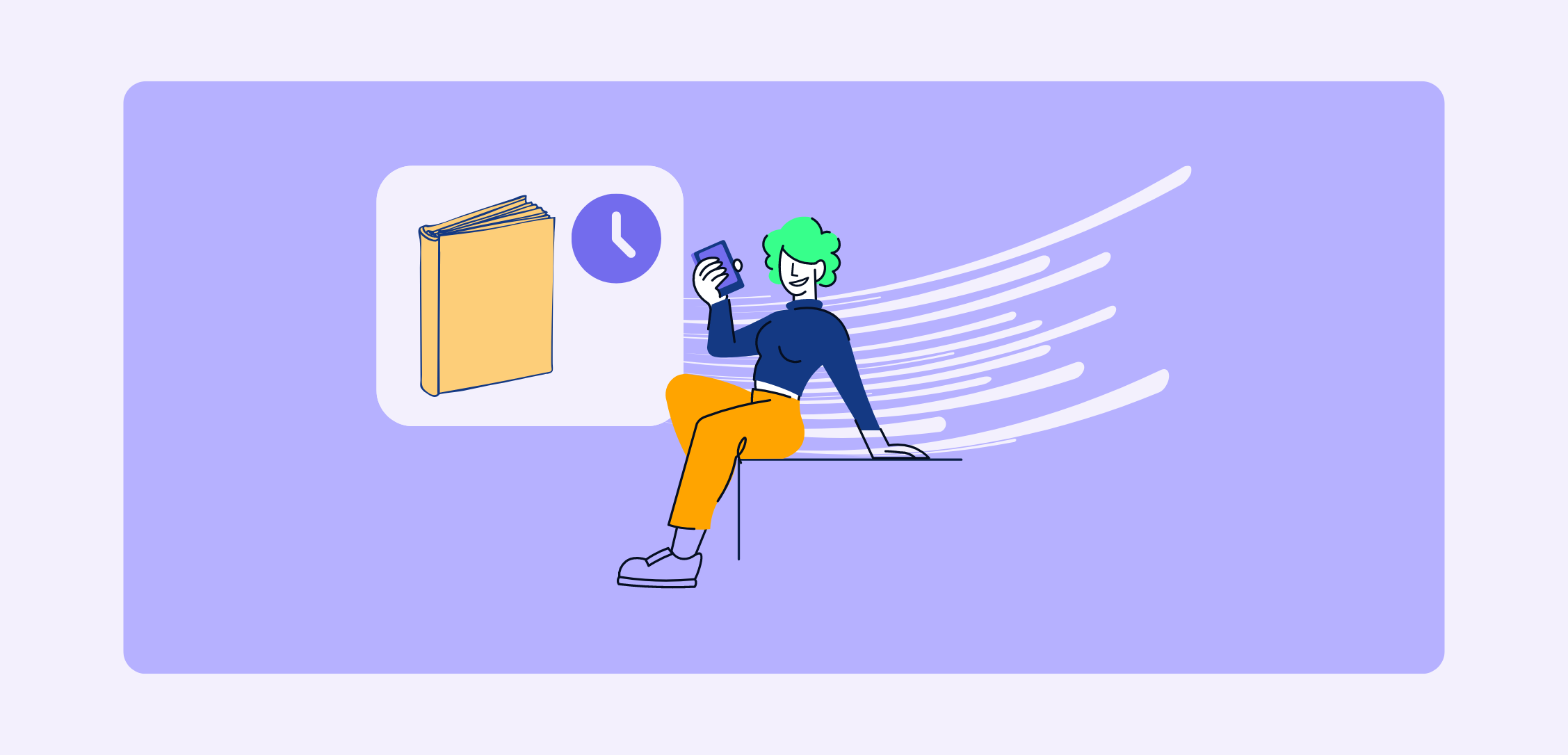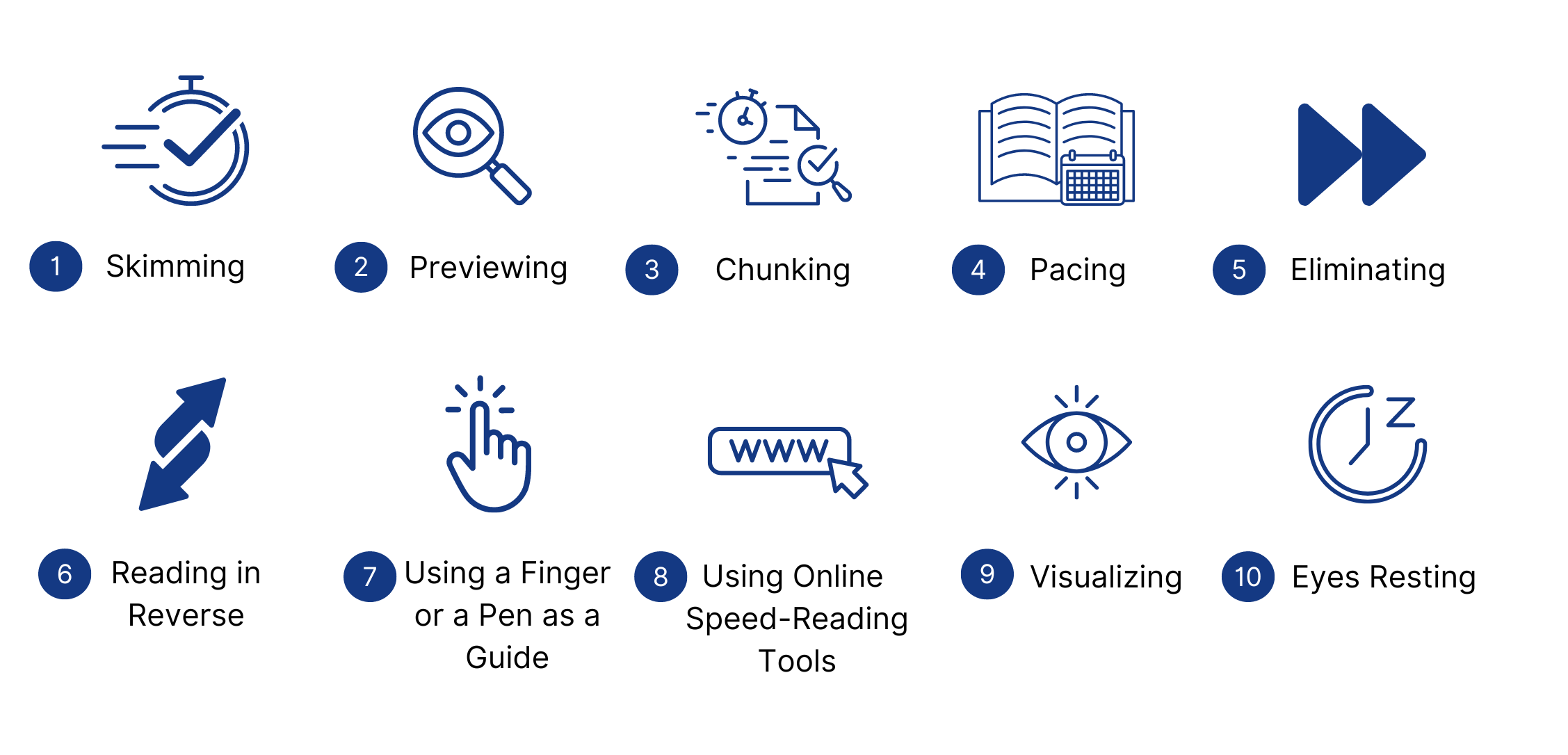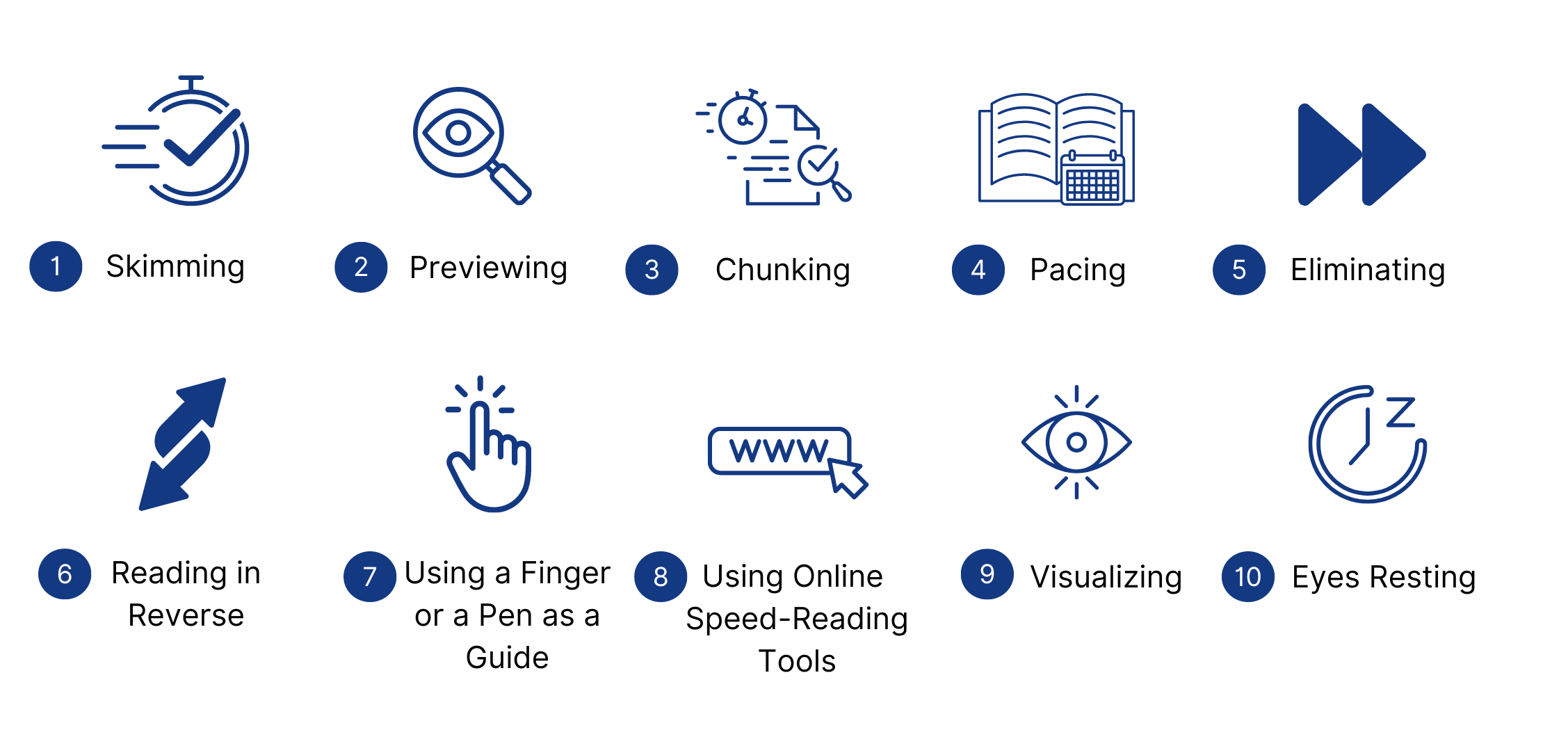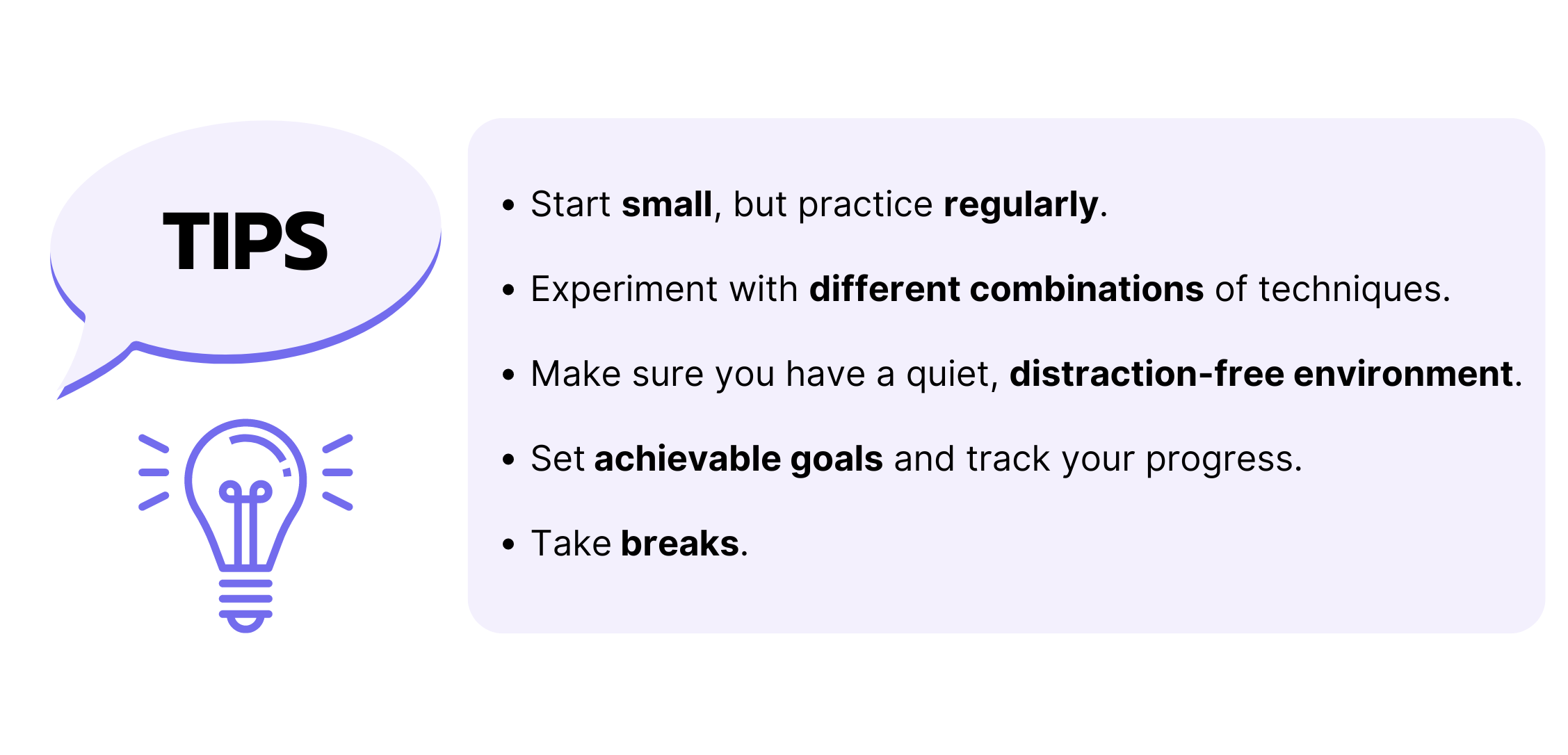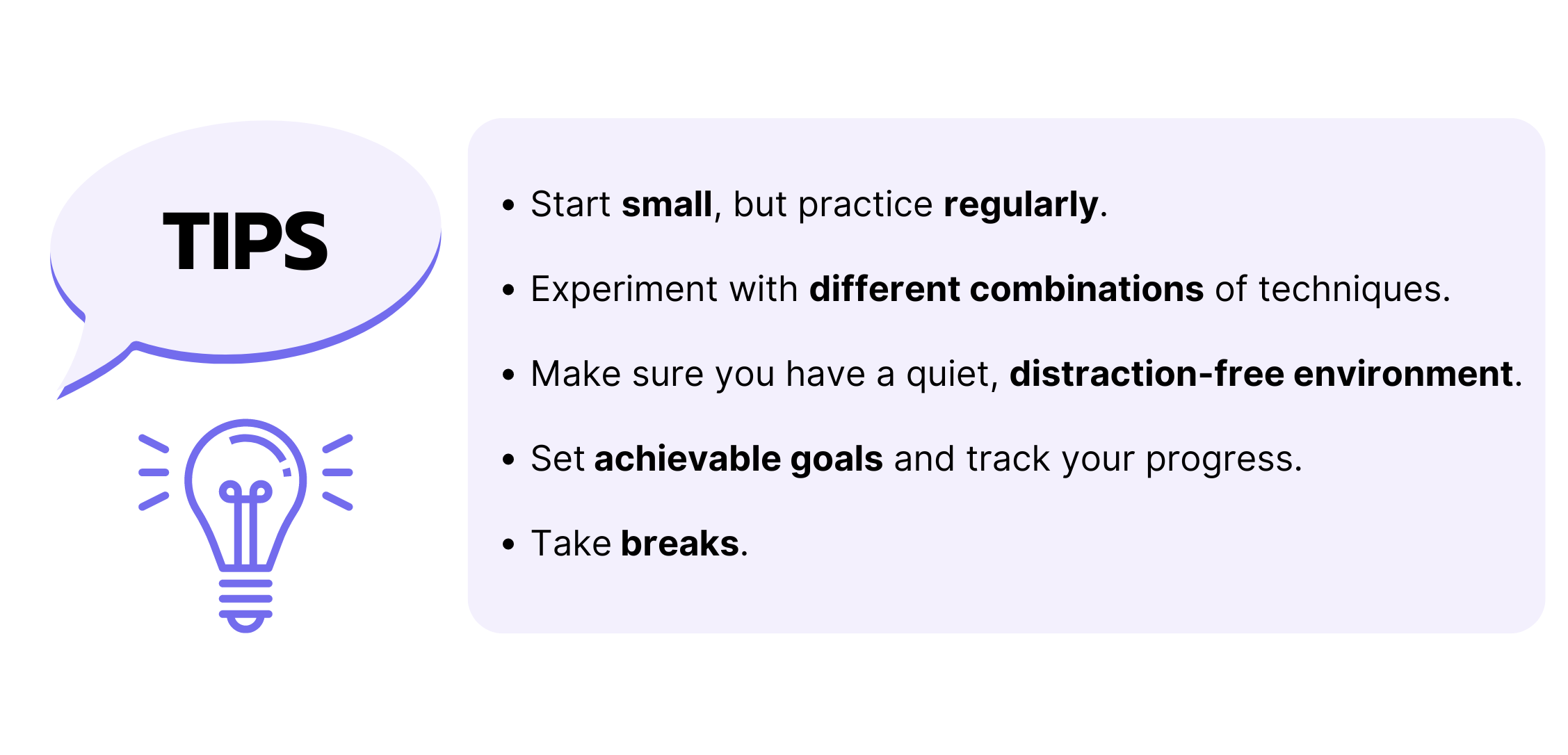Reading is an essential skill that we use in various aspects of our daily lives, from learning and studying to staying informed about current events. However, for many individuals, reading can be a time-consuming and tedious task. This is where speed-reading techniques come into play.
Speed-reading is a set of techniques and strategies that can help individuals read faster while still maintaining comprehension of the material. These techniques can be particularly useful for students, professionals, and individuals with heavy reading loads, as they can help save time and increase productivity.
In this article, our Coach Hagen will provide an overview of speed-reading techniques, including a definition and scientific background, as well as debunking common myths and misconceptions about speed-reading. He will then delve into 10 specific techniques that individuals can use to improve their reading speed, including skimming, chunking and pacing. Finally, our expert will discuss the implementation of these techniques and provide next steps for individuals looking to continue improving their speed-reading skills.
